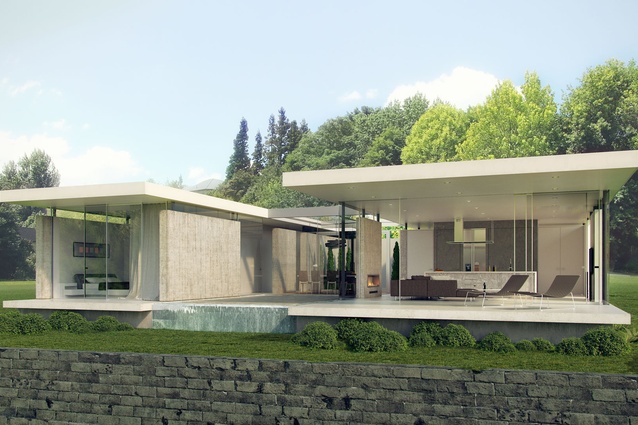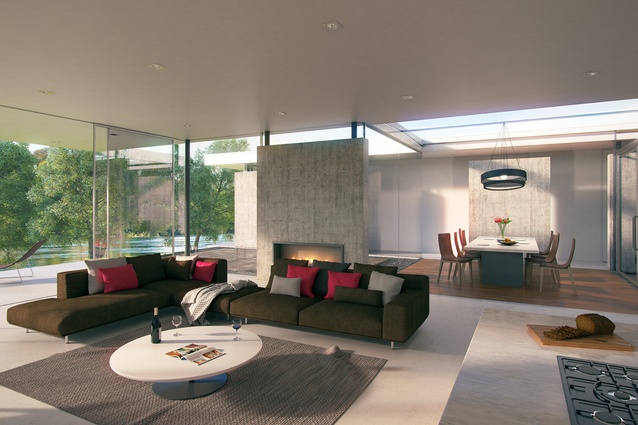Megan McPherson
Houses talks to architectural graduate Megan McPherson of Opus Architects.
Houses: Did you want to be an architect when you were growing up?

Megan McPherson: I wasn’t sure what I wanted to do growing up. I enjoyed the arts and was good at science and architecture offered an appealing combination of the two. I started my degree course rather uninformed but fortunately I found a passion for the subject very early on. With each architectural experience and each new piece of knowledge my devotion has increased. Now I find myself captivated by the work.
Houses: Can you describe your architecture career thus far?
MM: I have been fortunate to work in a small, visionary group at Opus Architecture that is responsible for sparking creativity and pursuing quality design. We work nationally, supporting our regional teams to help elevate the design standard across the firm. This has allowed me to work on some very different projects from large-scale international designs, to local civic buildings and a small residential home. Each project has had something to teach me, broadening my perspective and adjusting my definition of successful design.
Houses: What are you working on at the moment?
MM: My parents are building a new home, a project that is very dear to my heart! They have a newly developed section on the banks of the Waikato River. The outlook is serene; peeking through thin forestry to catch the flowing water beyond.
We want the home to be a private retreat but still have a connection with all that the surroundings have to offer. My response has been to draw from traditional Tsubo-Niwa, Japanese courtyard gardens, which offer tranquil spaces of reflection. At the heart of the concept are two of these, one looking inward and the other opening out to the river. The materials will exhibit a contrast of solid concrete structure against elegant glass and a floating roofline, borrowed from more modern Japanese influences.
For all its beauty the site is not without challenges; it is southwest-facing for one. We have maximised daylight by comprising the building of two distinct wings connected to each other by a lightweight, semi-transparent corridor. This increases the northern perimeter and provides all spaces with a direct outdoor connection.
Houses: What do you enjoy most about working in architecture?
MM: Architecture has me continuously learning, which I love. There are so many facets to the job, each with their own extensive field of knowledge: sustainable design, drafting software and protocols, client management and relations, building codes and compliances, graphical communication, architectural history, managing budgets… I could dedicate years to any one of these fields and still not exhaust the learning potential.
I also enjoy the opportunity for creative expression amidst an industry that is very methodical. Design ideas are constantly incubating in my mind. I refine concepts when I’m out surfing or taking a walk through the park, then I come to work and put them down on paper.
Houses: If you could choose to design a house anywhere in New Zealand, where would it be?
MM: There is something about Northland that captivates me. The still, glassy water of solitary bays against an undeveloped coastline just oozes serenity. I would aim not to impact that, to leave the earth feeling untouched and amplify the tranquillity of the region. Remote architecture, when done well, can enhance the landscape beautifully. I would love to step up to this challenge.











